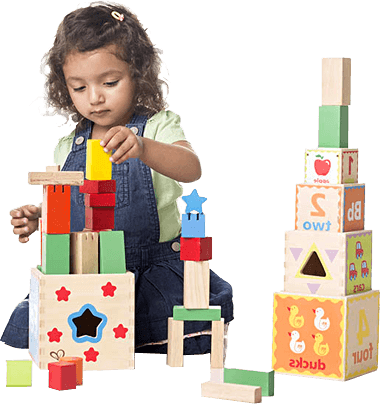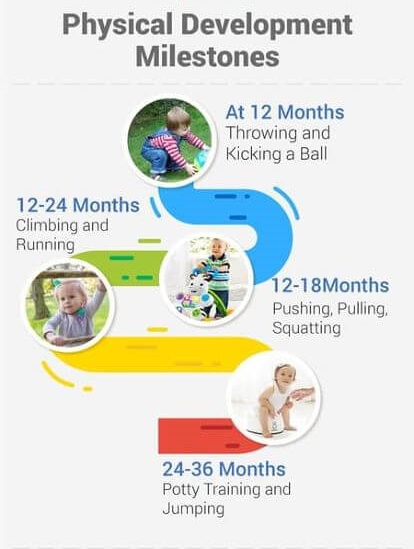
Autism in Toddlers
Navigating the Spectrum: Understanding Autism in Toddlers
Introduction:
Parenthood is an incredible journey filled with joy, challenges, and endless discoveries. As parents, we eagerly anticipate our child's milestones, from the first smile to those tentative first steps. However, when developmental differences emerge, it can be both confusing and concerning. Autism Spectrum Disorder (ASD) is one such condition that may manifest in early childhood, requiring careful observation and support. In this blog, we will explore autism in toddlers, shedding light on its signs, diagnosis, and strategies for parents and caregivers.
Understanding Autism Spectrum Disorder:
Autism Spectrum Disorder is a neurodevelopmental condition characterized by a range of challenges in social interaction, communication, and repetitive behaviours. It is essential to note that autism exists on a spectrum, meaning that individuals with ASD may display a diverse array of strengths and difficulties.
Recognizing Early Signs:
While every child develops at their own pace, certain red flags may indicate the presence of autism in toddlers. It's crucial to remember that these signs alone don't confirm a diagnosis, but early intervention can significantly improve outcomes. Common early signs include:
Communication Challenges: Toddlers with autism may struggle with verbal and non-verbal communication. Limited eye contact, delayed speech, or a lack of interest in gestures can be indicators.
Social Difficulties: Children on the spectrum often face challenges in engaging with others. Lack of interest in playing with peers, difficulty understanding emotions, and a preference for solitary activities may be observed.
Repetitive Behaviours: Repetitive movements, such as hand-flapping or rocking, and a strict adherence to routines are common traits in toddlers with autism.
Diagnosis and Early Intervention:
If parents observe signs of autism in their toddler, seeking professional evaluation is crucial. Developmental paediatricians, child psychologists, and other specialists can conduct assessments to determine whether a child has ASD. Early diagnosis allows for timely intervention, which is vital for maximizing a child's developmental potential.
Early intervention services may include speech therapy, occupational therapy, and applied behaviour analysis (ABA) therapy. These interventions are tailored to address the specific needs of each child, fostering communication skills, social interactions, and adaptive behaviours.
Supporting Parents and Caregivers:
Receiving an autism diagnosis for a toddler can be overwhelming for parents. It's essential to remember that you are not alone. Seeking support from professionals, joining support groups, and connecting with other parents of children with autism can provide valuable insights and emotional support.
Creating an Inclusive Environment:
As a parent or caregiver, creating an inclusive and supportive environment is crucial for a child with autism. This involves understanding and accommodating their unique needs, fostering a routine that provides stability, and celebrating their achievements, no matter how small.
Conclusion:
Navigating the spectrum of autism in toddlers requires patience, understanding, and a collaborative approach involving parents, caregivers, and professionals. With early intervention and ongoing support, children with autism can thrive and reach their full potential. By raising awareness and promoting acceptance, we contribute to a world where every child, regardless of their developmental differences, can experience love, understanding, and a sense of belonging
Autism in Toddlers, kids, new mom




